briwy
Super Poster
VIP Member
Hi Roger
What do you use in the channel to stop the bolt head coming up through the slot?
If there's just a bolt in the channel how can you tighten it??
Hi Roger
What do you use in the channel to stop the bolt head coming up through the slot?
If there's just a bolt in the channel how can you tighten it??
Thats why I welded plates onto the bolt to stop it turning when it's tightened.Not very well if 2 have come loose!!
This is what I'm trying to find out.
On mine with the 17mm nuts, which will not come up through the slot, you put a flat bladed screw driver into the gap between the bolt head and the side of the channel which means that when you've removed the screw driver the nuts just rotate when you try to undo them, which to me is a bit of an anti theft feature.
Only the shunt should be connected to the battery everything else should be on the other side as the Cali display calculates usage and subtracts charge, if you charge from behind the shunt direct to the battery it wouldn't take the charge into account and you will show a very slight difference in voltage as the shunt is a resistor.I would say direct to the battery negative battery terminal. The Cali display surely displays the battery voltage regardless of where the power is coming from.
BTW. I've put some spring washers under the locknuts so that if they should come loose slightly the washer will keep a bit of tension on the bolt. Scary that the whole lot slid off.
Hi BarrySorry about this but can anyone help me. I have a 100w suitcase type solar panel. It used to just work on my old converted camper. I now have a California 2015 SE. I plugged it into the rear cabin "cigarette lighter" socket. It me a sound like rapid pulsing so I dare not leave it in.
1. Can I just plug my solar panel into the output sockets. I have three on my 2015 California SE. One in the cigarette tray, one on the dashboard and one in the rear storage area?
2. Could it be that I have it set for the wrong type of battery. I have it set for lead acid but don't know whether it might be gel battery.
Thanks for all the above - but I couldn't see the answer to my questions. I worry about causing electic problems elsewhere.
Thanks in advance
Barry
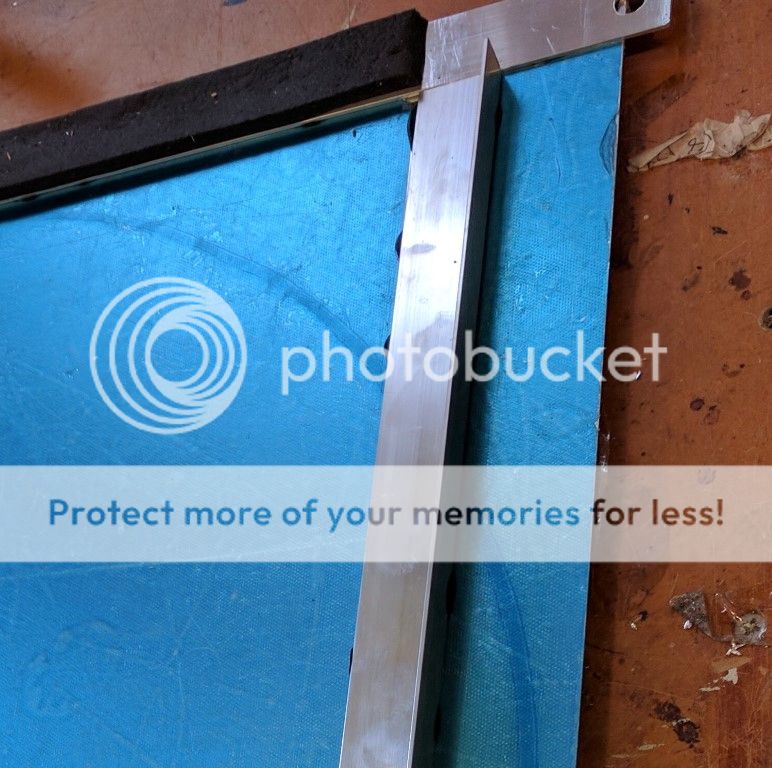
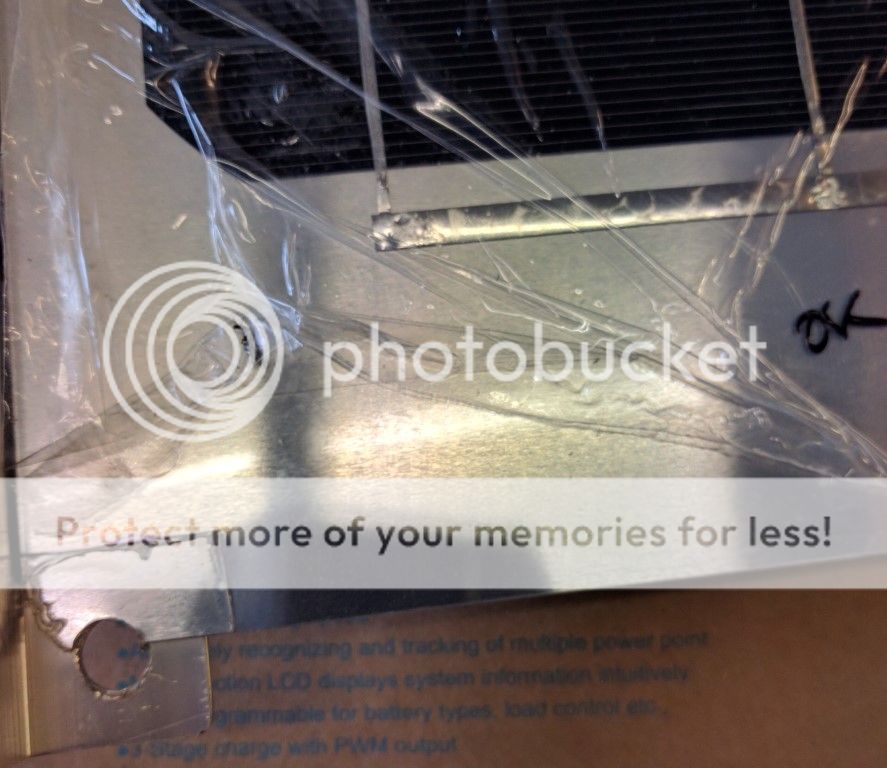
Thanks for that, I think that I will fit a socket into that panel. Probably a DIN socket which is what I did on my previous van which was a conversion.Normally, the Cigarette lighter socket is powered from the engine battery.
Fixed Solar Panels are normally wired into one of the leisure batteries. The California has complicated electrical circuits and electronics and I think they do advise against using plug in chargers, although some members have/do use this method.
Personally I would fit a dedicated socket, 15amp fuse, wired to the rear leisure battery found below the rear wardrobe. There is a removable inspection plate there and I would fit the plug in that or alongside.
The standard batteries are Gel type.
Not being arsey Loz but didn't you use the chassis for a return with your Dashcam??You should never rely on the chassis for return, period.
But the dash cam is milliamps, split chargers and the like that we were talking about is the issue. My response was about battery cables involving potentially 100s of amps if things go wrong.Not being arsey Loz but didn't you use the chassis for a return with your Dashcam??
Another option, a bit expensive though:
http://barden-uk.com/product/solara-power-mobil-plus/
At that price they might not be there at the start of the day lol. Wow that's a lot of dosh for the capacity.Can't imagine your panels will be there when you come back from a day out.
Correct.
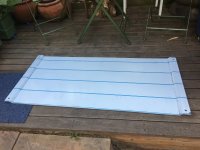
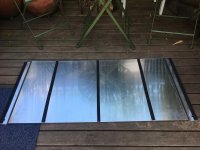
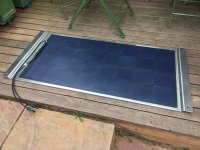
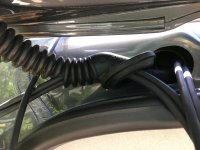
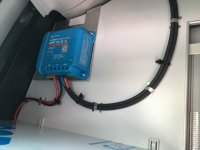
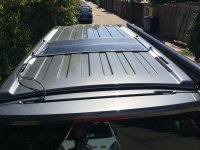

The VW California Club is the worlds largest resource for all owners and enthusiasts of VW California campervans.

